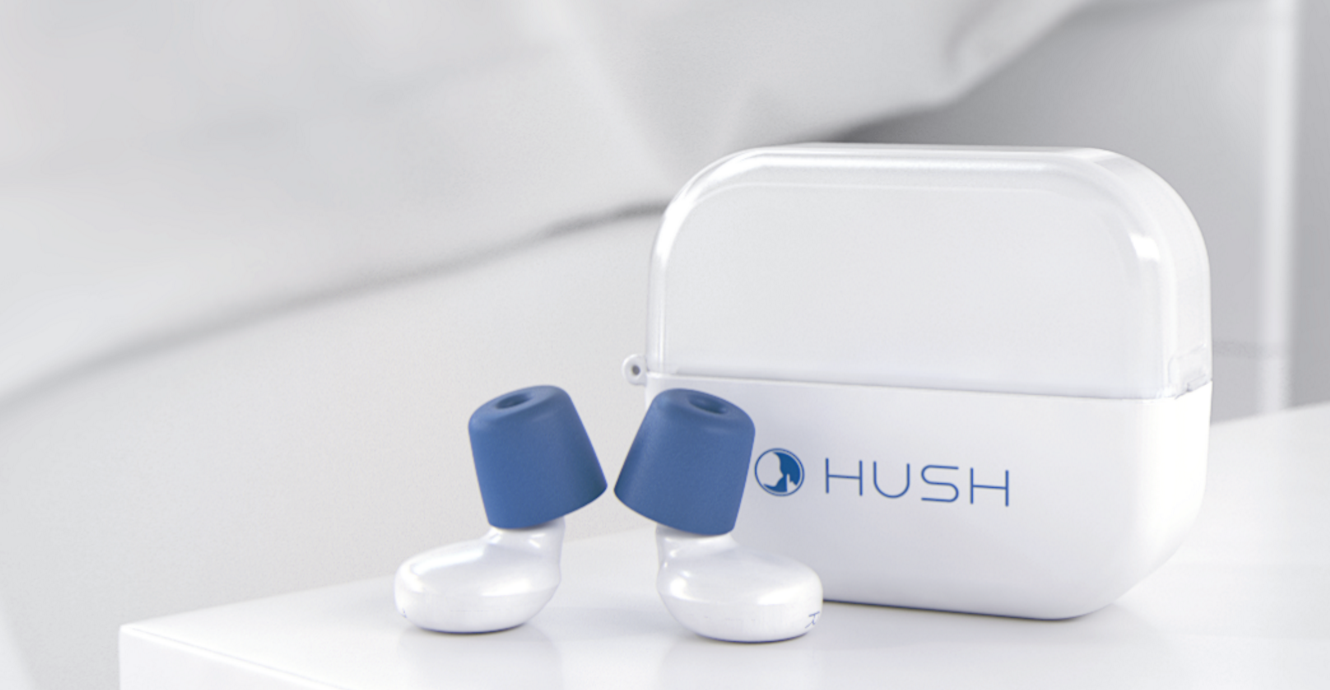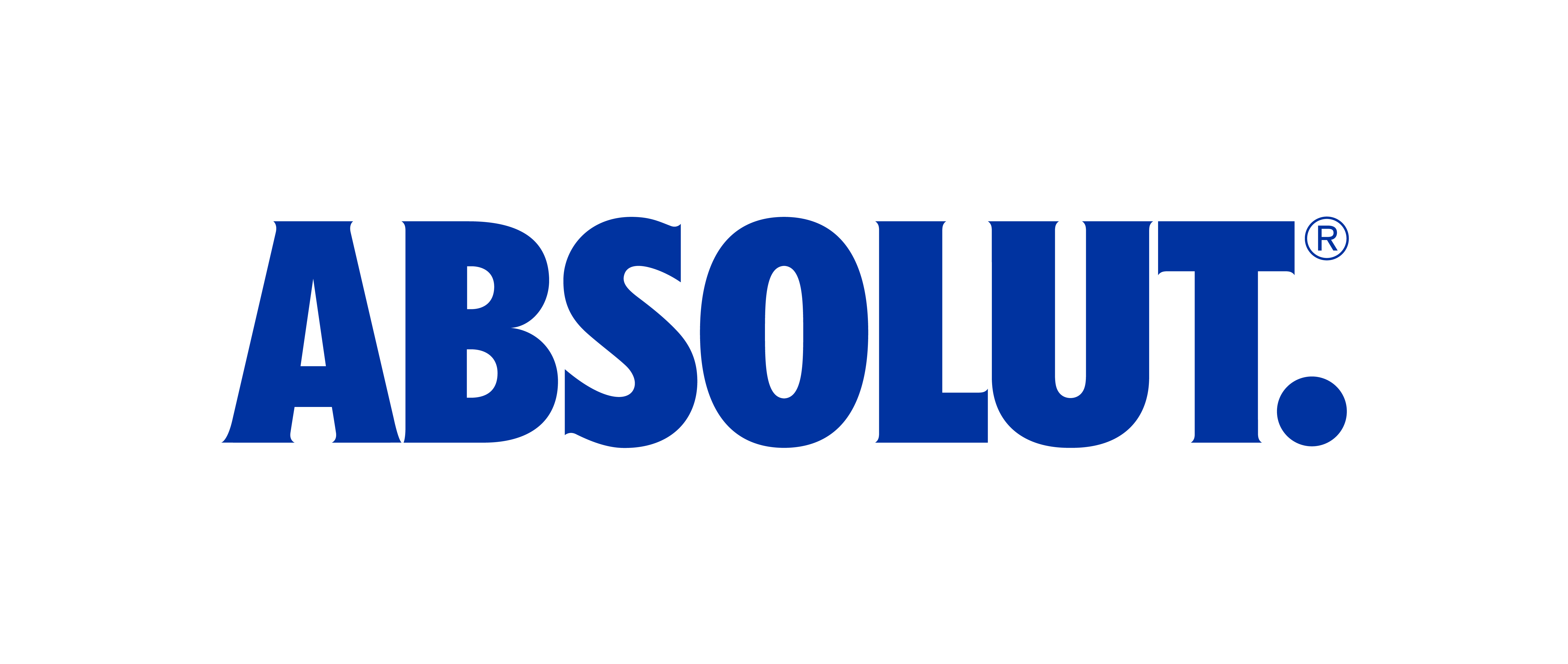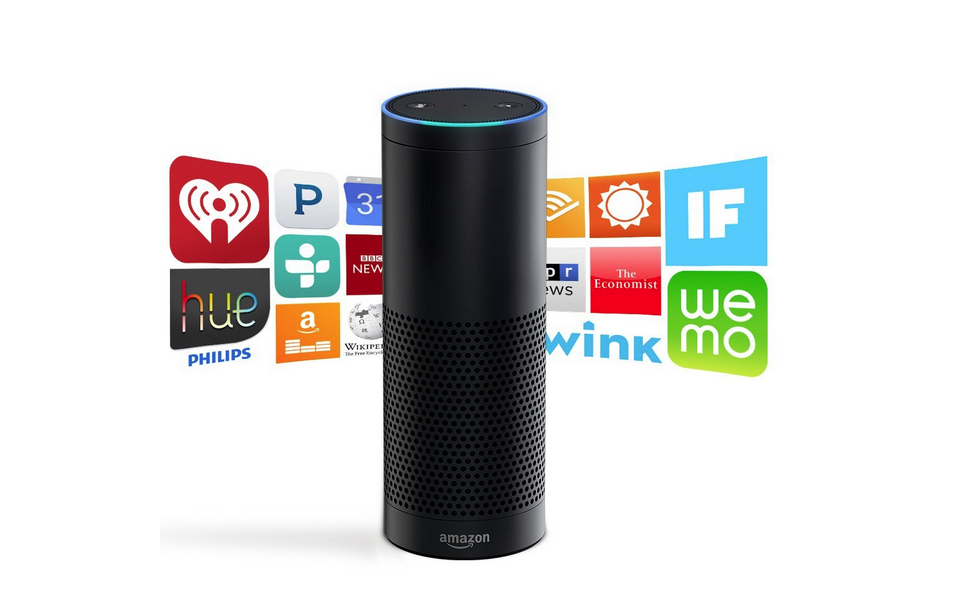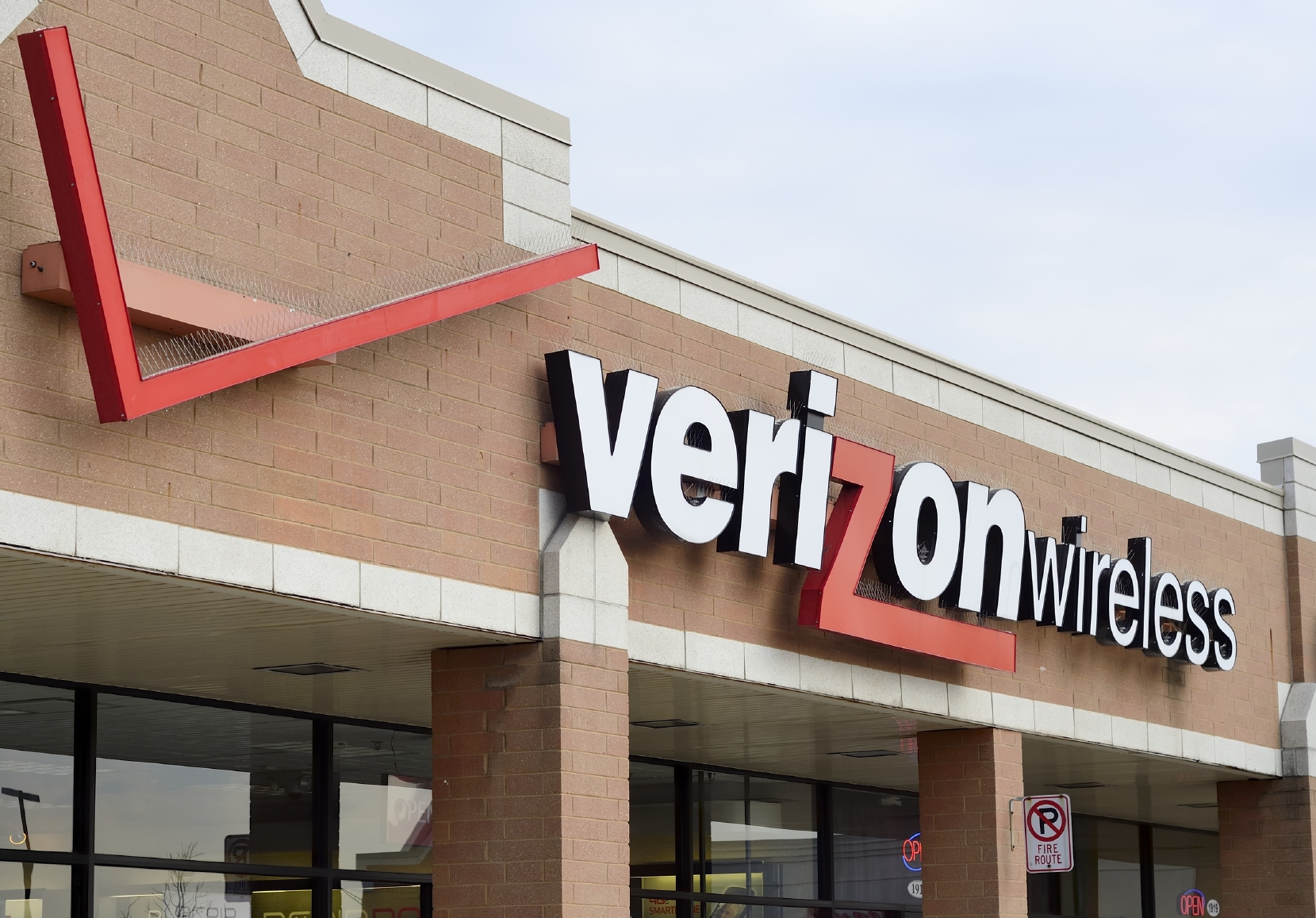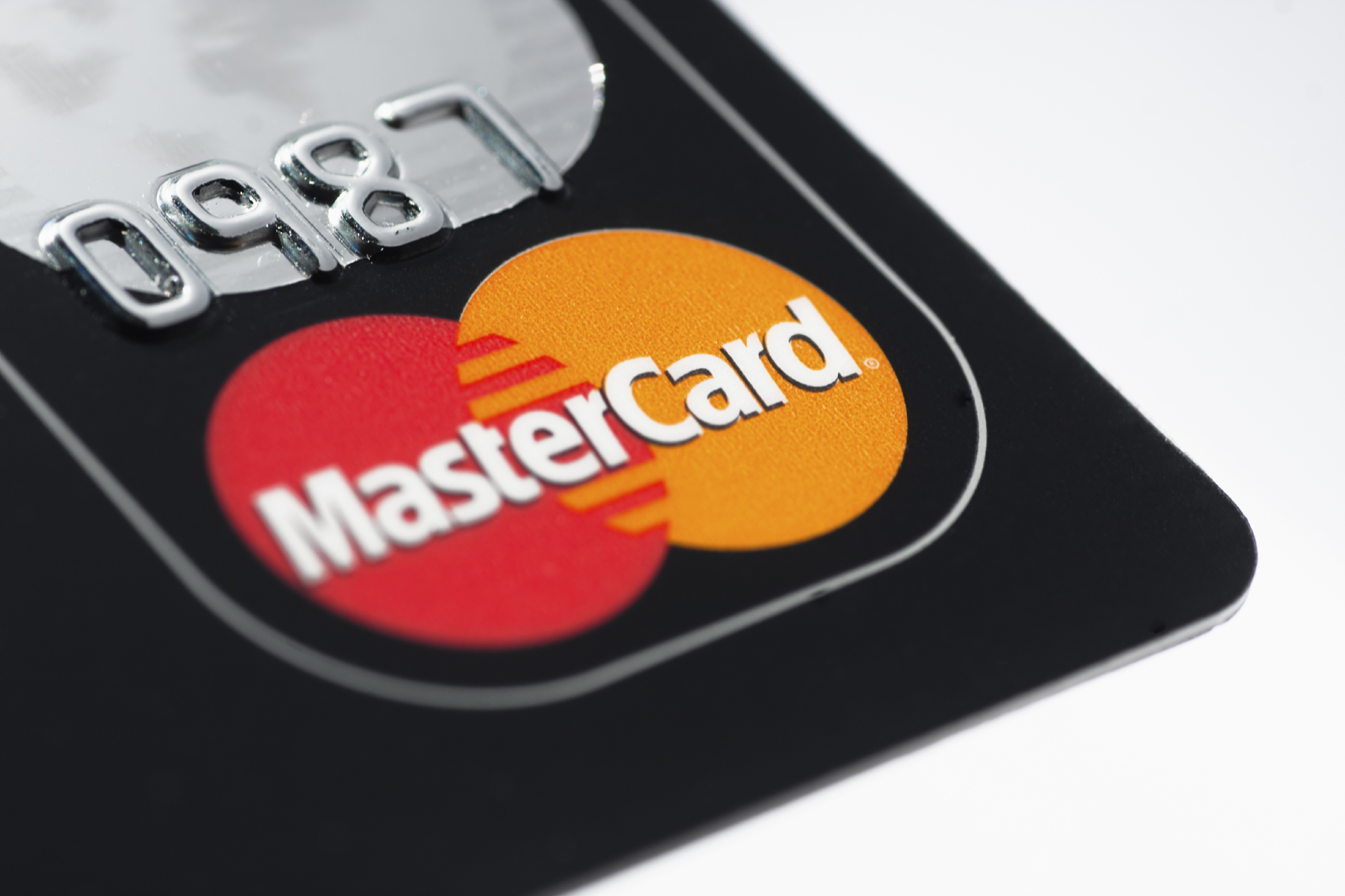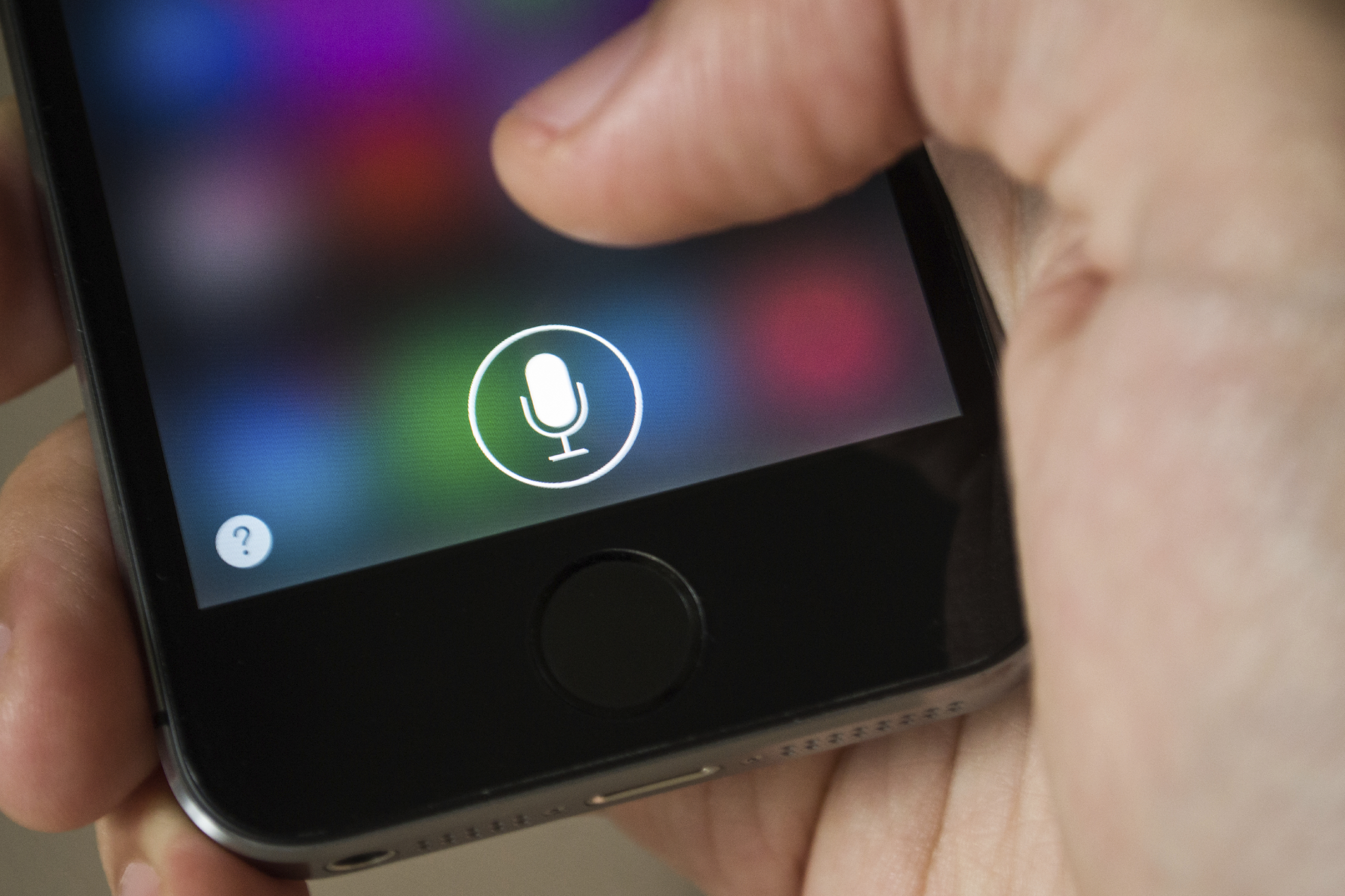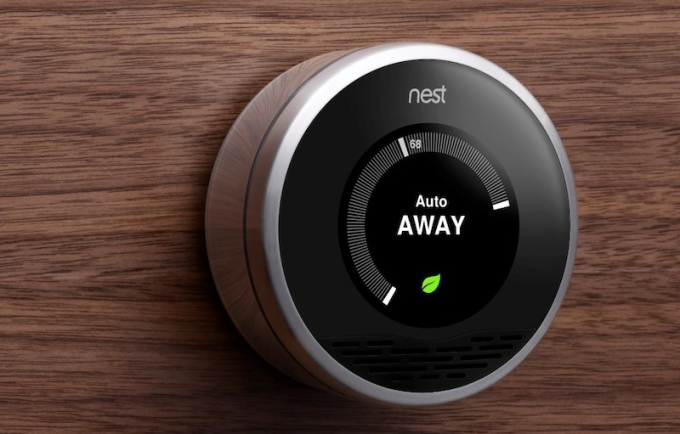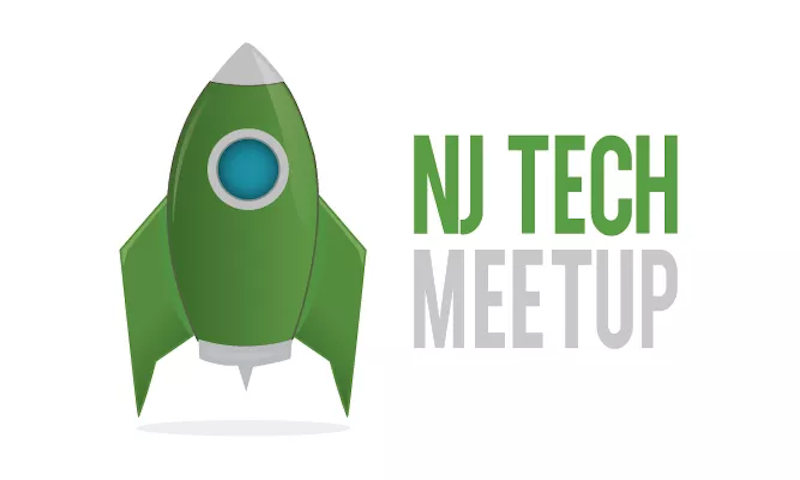On September 16, the Media Lab crossed the Hudson River to attend the 64th NJ Tech Meetup in Hoboken, New Jersey. This month’s meet up featured Kevin Ryan, founder of Gilt, Business Insider, MongoDB, and other tech startups. Mr. Ryan shared his experiences as founder and CEO of multiple companies. He spoke about the tech bubble burst at the turn of the century, during which he was faced with difficult layoffs but somehow maintained his optimism.
Mr. Ryan also shared some interesting statistics about his own ventures. According to him, 34 former employees of Doubleclick have gone on to become CEOs. On another note, Business Insider has never spent a single dollar in advertising, rather counting on audiences to embrace good products when they see them. Mr. Ryan also stated that he considers Jeff Bezos to be the most impressive CEO in the world, (although many former Amazon employees may disagree with his sentiment.)
Other entrepreneurs (vying to be the next Kevin Ryan) pitched their startups during the event. The first was Ceros, a cloud-based software for creating interactive, dynamic content. The studio includes drag-and-drop assets within templates for users to build experiences in HTML5 without needing to code. Once completed, the content is immediately published and can be embedded across the web. Ceros also provides real-time performance data and feedback on which elements of the content consumers are interacting with. This platform has obvious marketing implications as brands can build their own content quickly and without having to hire a specialist.
Next up to the podium was Vognition, a natural language voice control for connected devices. Vognition’s representative informed the audience that it is not a standalone solution rather, a component to be implemented into a complete voice recognition system. Conversational UI is a crowded space, and Vognition seems to be leaning on its ability to recognize normal speech as its differentiator.
The last company to present was Livnlist, a messaging app to help coordinate plans with friends. Although the layout and solution were both interesting and appealing, this platform currently offers limited marketing opportunities.
There continues to be interesting and exciting tech coming out of New Jersey and the NJ Tech meetup represents only a microcosm of the ingenuity that is emerging from the state.
Header image courtesy of NJ Tech Meetup
